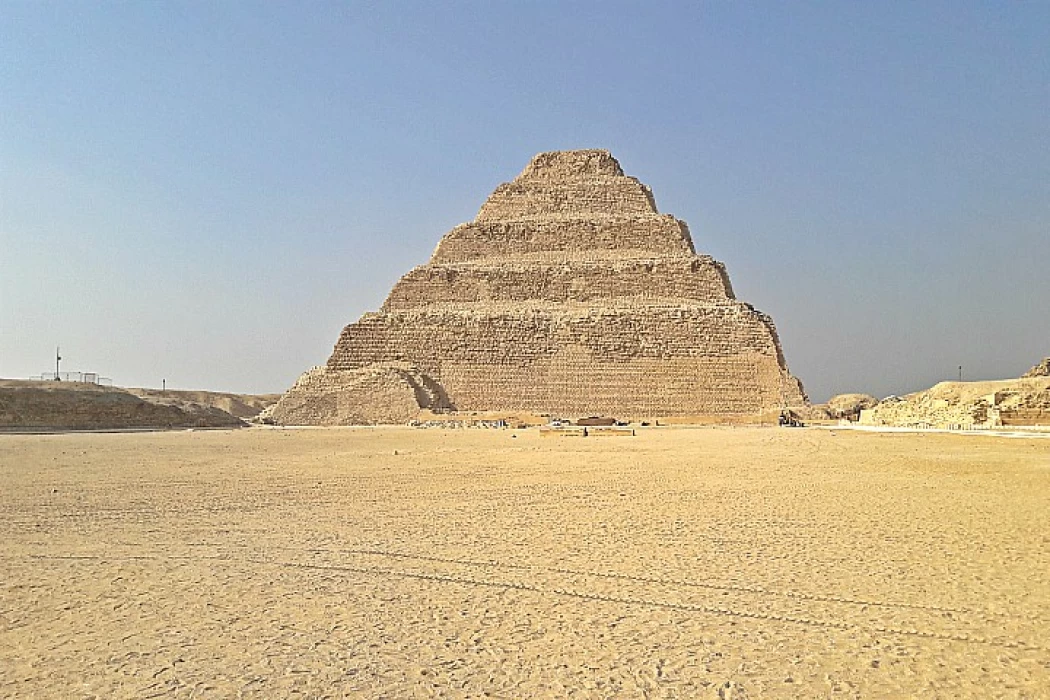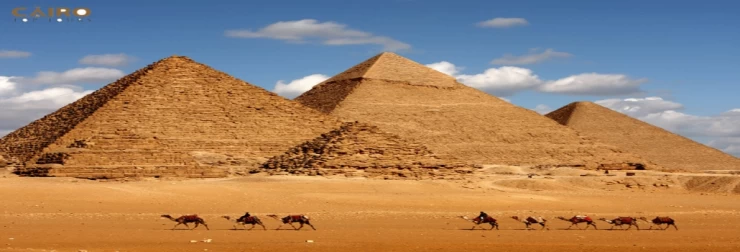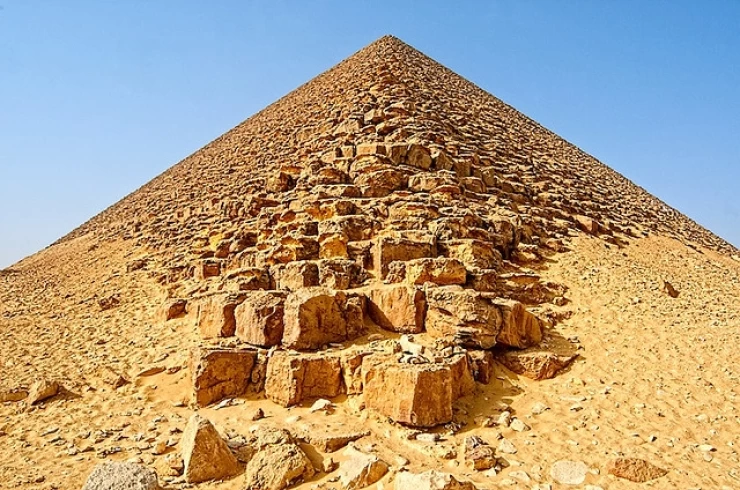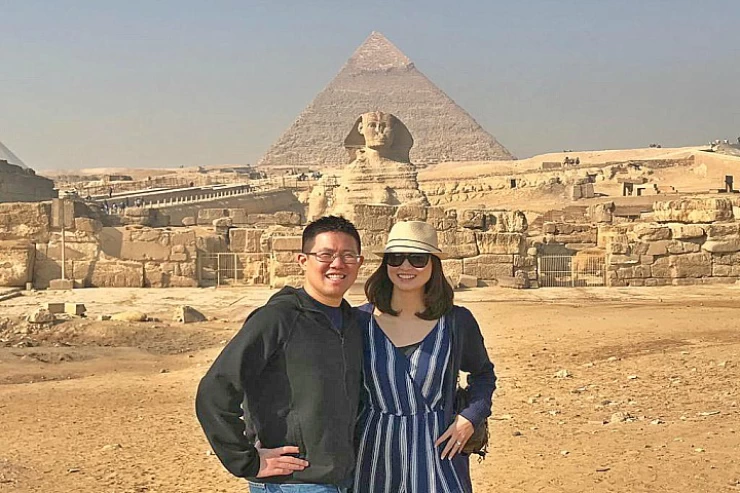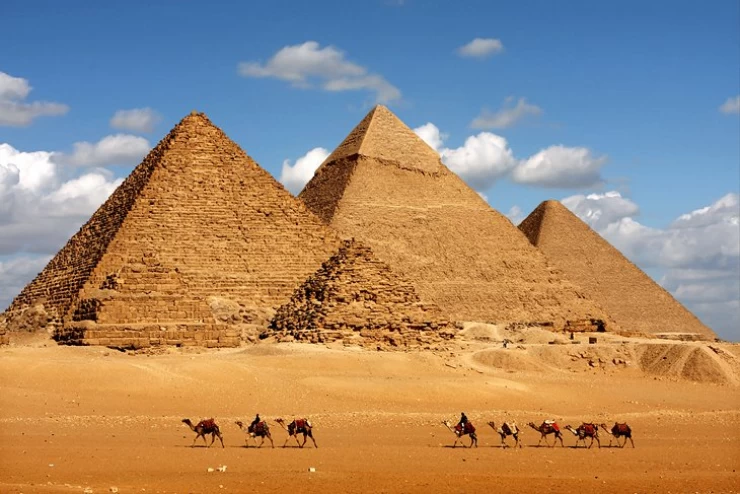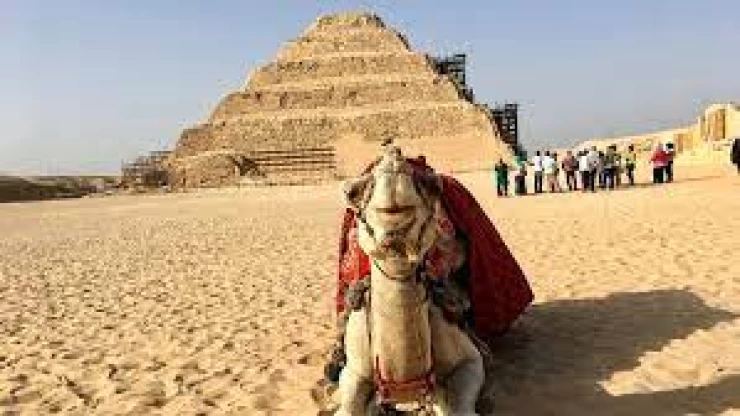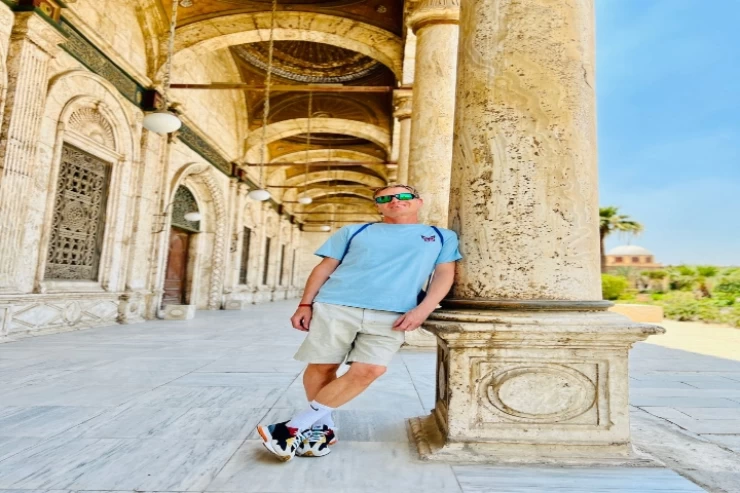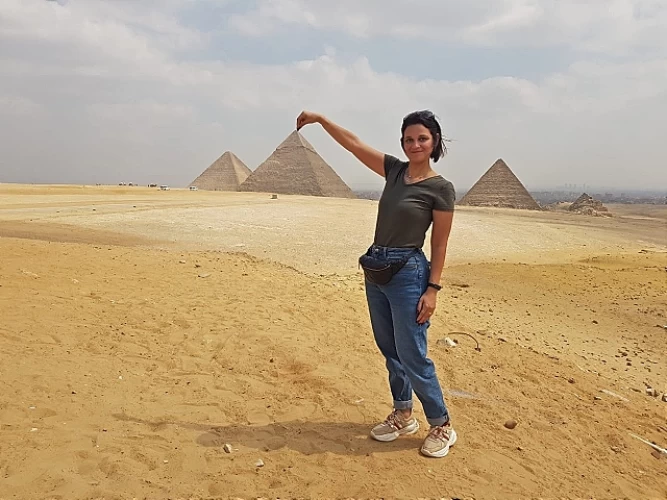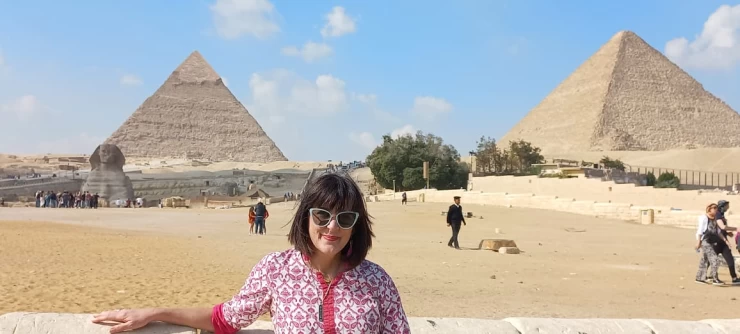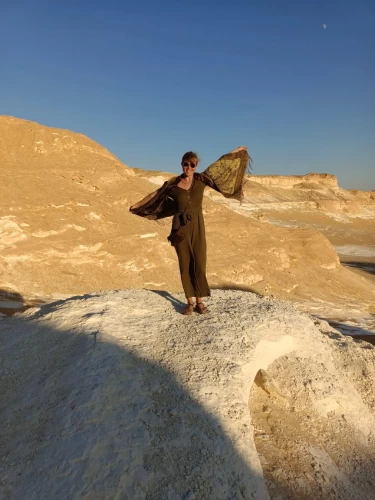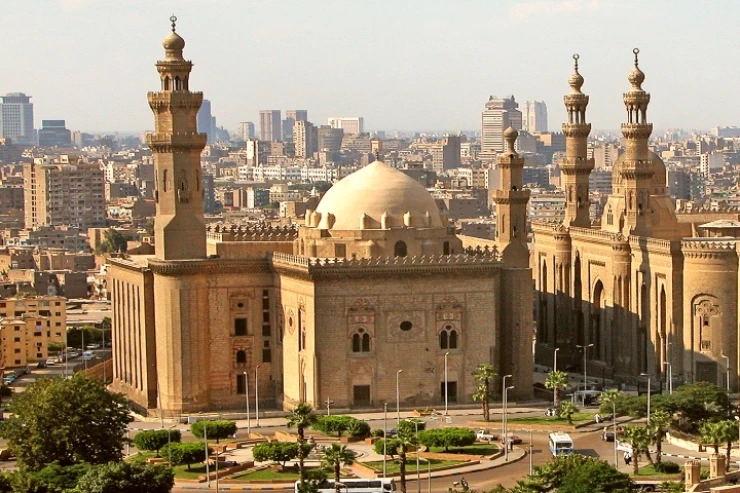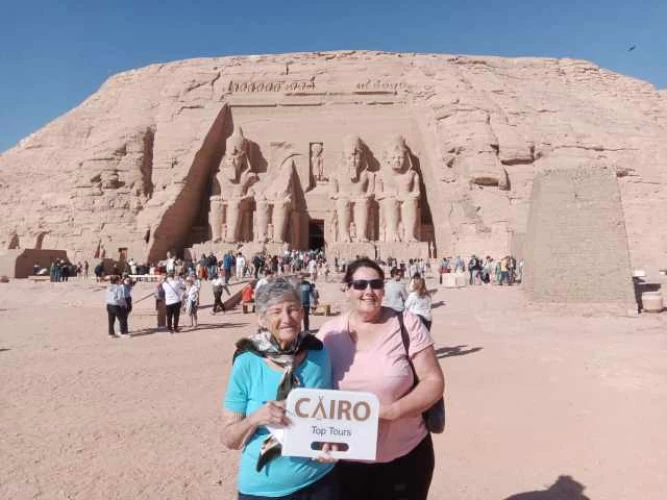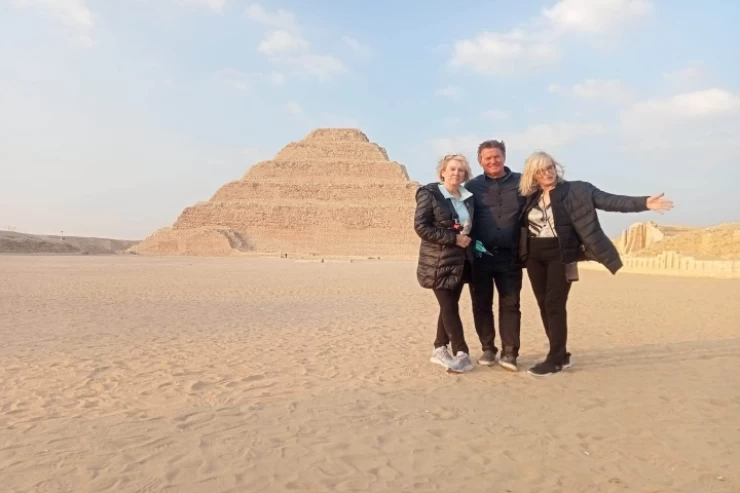Currently, tourists visiting Djoser’s Step Pyramid can enjoy not just the structure itself but the entire complex, which also reveals the elements of ancient Egyptian art and religion. Entering through the stone doors and strolling around the open sections, one can almost feel the presence of a bygone era dominated by Kings and the making of everlasting structures.
Nevertheless, Saqqara’s Step Pyramid is also one of the top places to see for every traveler, every historian, and every admirer of the undying civilization of Ancient Egypt. It is a monument of Pharaoh Djoser’s dreams as well as of the genius called Imhotep, the wonder that mankind still looks up to even after 4600 years of its existence.
The Step Pyramid of Djoser was built primarily as a tomb and as a monumental symbol of Pharaoh Djoser’s divine status, serving both religious and political purposes. Here’s a closer look at why it was built and what it represented:
1. A Royal Tomb for the Afterlife
The afterlife was represented as a vital component rather than an end to life, and the Ancient Egyptians considered it to be valid. Pharaohs worshipped as gods of earth, were anticipated to be buried in enormous tombs to shield their physical forms and preserve their souls after their demise. The Step Pyramid was built to be Djoser’s tomb to keep his remains and goods as well as assist him in the passage to an immortal state. The vastness of the building and the fact that it was made of solid rock represented the significance of Djoser and his enduring existence in the metaphysical world.
2. Symbol of Divine Kingship and Power
The Pharaohs were not only statesmen, but they were god-kings and believed to have a special bond with the gods. When Djoser built the first pyramid, it was to declare his godliness and preserve his memory for eternity. The towering structure of the Step Pyramid was always a reminder of Djoser’s reign and divine authority and stressed his role as a connector of the gods and society.
3. Religious and Cultural Significance
The pyramid’s form and the entire complex were created by the Egyptian religion. In the context of the building itself, such an appearance, which is understood to be terraces, represented a stairway leading to the heavens, where it was hoped Djoser’s spirit would access the gods. The entire temples and open areas inside the complex were created to carry out specific sessions meant to celebrate the deceased emperor’s excursion to death and his stay alongside the gods.
And in addition, the center accommodated the elements for the ritual of ‘Heb sed’, which was aimed at the king’s revival. Although the celebration was a common occurrence in the reign of the pharaoh to cement his position, it was also relevant in the beyond, as it meant Djoser would never run out of vigor to be in control in the spirit’s domain.
4. Innovation in Architecture and Legacy
The Step Pyramid construction revolutionized Egyptian burial structures, placing them on pyramids rather than the usual approach, which was the rectangular mastaba tombs. Djoser also ordered this innovative building not only for himself but also to showcase the inventiveness and supremacy of his rule. By creating a structure never seen before in scale and intricacy, Djoser made a significant contribution to the country of Egypt and its people, one that would transcend time and space and reinforce the grand notion of the chieftain’s exalted stature and power.
In conclusion, the Step Pyramid was designed to function as a consecrated resting place, which would be an everlasting mark of the divine rule of Pharaoh Djoser, and as a breakthrough in architectural design that would guide all the pyramids to follow. Through this awe-inspiring structure, Djoser wanted to be remembered as the god and create a lasting heritage for himself that would be through the sands of time.
